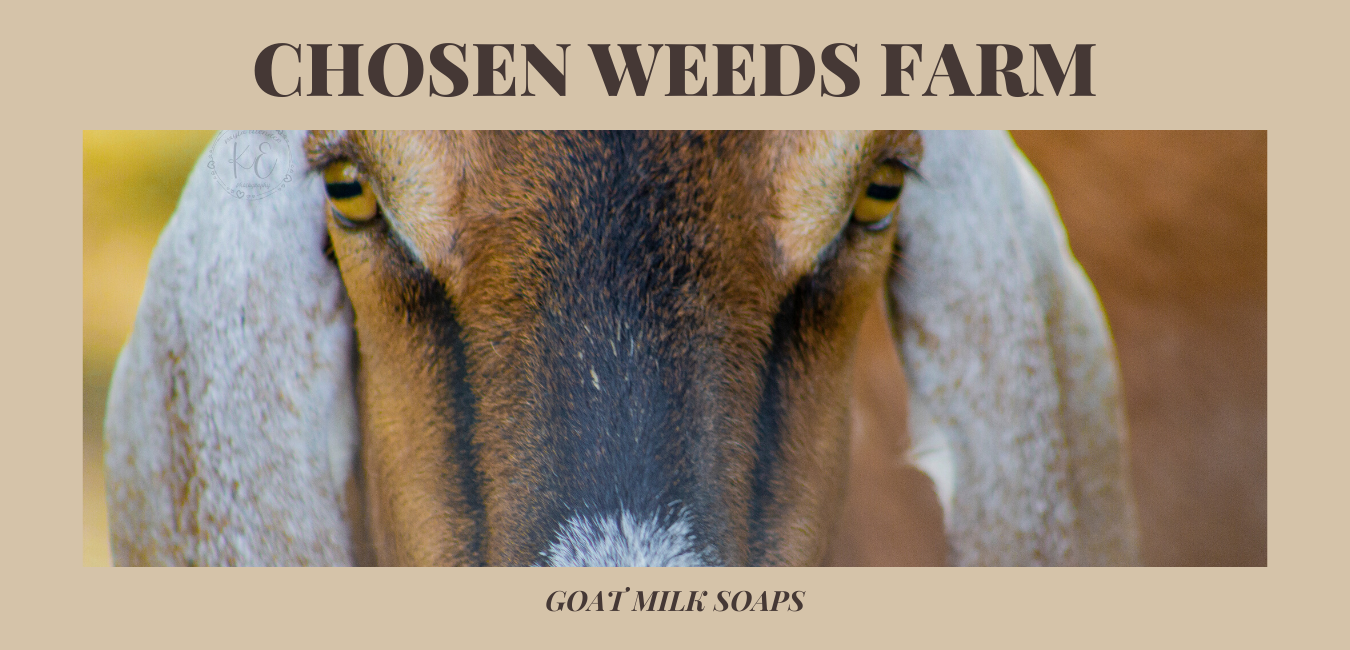Slug annihilators. That’s what we got these little guys and gals for. Don’t let their cuteness fool ya, they are lean, mean, slug/snail eating machines. At least, that is what we are hoping. We just got our mail order of Welsh Harlequin ducks and we can’t wait to get them into the garden.

Why Welsh Harlequins?
Last year we had a bad snail and slug problem in the garden. I was doing everything I could to get rid of them including drowning them in bowls of beer. This does work, but the problem was getting a bit overwhelming and my greens were taking a beating. We have three Muscovy ducks, but they weren’t cutting it. They had been raised with chickens, and I think that is what they thought they were. They would rather eat the plants and refused to eat any slugs or snails that were set in front of them.
So we did some research on the best ducks for not only foraging but also egg laying and breeding purposes. The Welsh Harlequin is all this and more.
The Welsh Harlequin has become a popular breed because of its multiple uses. They are good egg layers (about 240-330 eggs per year [2]. This is can be compared to the Leghorn chicken, a high producing non-hybrid breed, which average 280 – 300 per year [1]), a hardy bird, a good meat birds (although this wasn’t a concern of ours), calm and docile, and beautiful to look at. There are two varieties, silver and gold. We purchased the silver from Metzer Farms .

The Welsh Harlequin is a light weight bird that averages about 5-5.5 pounds. “It was developed in Wales in 1949 by Leslie Bonnet from two mutant light colored ducklings hatched from pure Khaki Campbell’s. The breed was first imported into the U.S. in 1968, but remains relatively unknown here and the American Poultry Association didn’t officially recognize it until 2001 [1].”
This duck breed is a heritage breed that is on the “watch” list of the Livestock Conservancy . This means that according to the Livestock Conservancy, there are “Fewer than 5,000 breeding birds in the United States, with ten or fewer primary breeding flocks, and estimated global population less than 10,000. Also included are breeds with genetic or numerical concerns or limited geographic distribution. [3].”
We are excited about being part of preserving this unique breed and are looking forward to these littles growing up and helping us out on the farm. Stay tuned to more posts about the advantages to these guys!
Sources:
- http://www.moosemanorfarms.com/about-welsh-harlequin-ducks.html
- https://livestockconservancy.org/index.php/heritage/internal/welshharlequin
- https://livestockconservancy.org/index.php/heritage/internal/parameters-cpl
